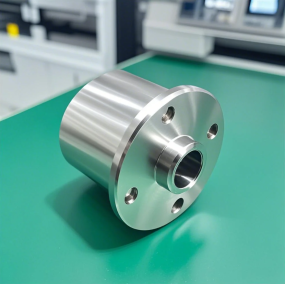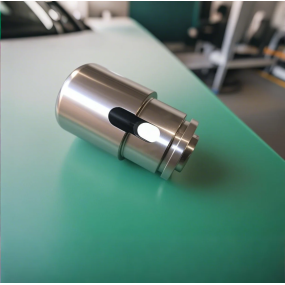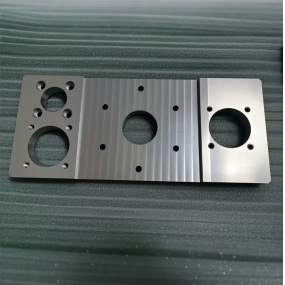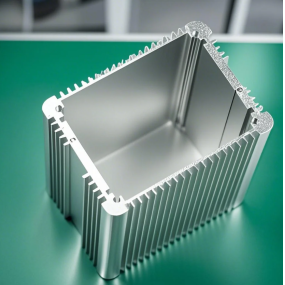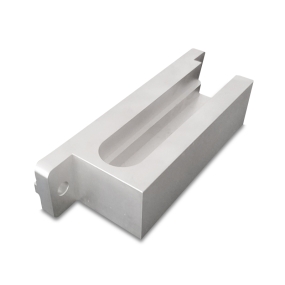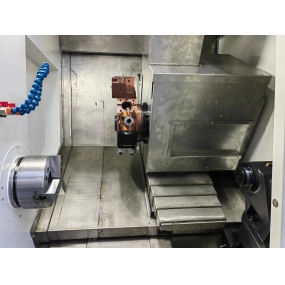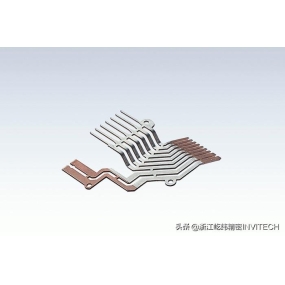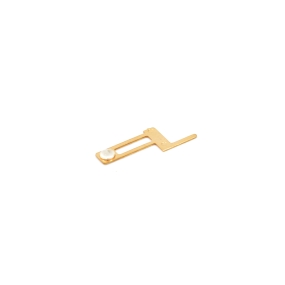Flange processing typically requires the use of a range of specialized equipment to ensure high quality, accuracy, and efficiency. The following are some common flange processing equipment:
Forging machinery: used for forging metal billets, it can be a hammer forging machine, a press, or other professional forging equipment. These devices are used to preliminarily form contours for flanges. CNC machine tool: used for fine cutting and shape machining on flanges. CNC milling machines, CNC lathes, and other machine tools can perform precise machining according to design requirements. Heat treatment furnace: used for heat treatment of flanges to improve their mechanical properties. Including quenching, tempering and other processes. Welding equipment: used for welding the connecting parts of flanges. This may include methods such as manual welding, automated welding, or laser welding. Surface treatment equipment: used to treat the surface of flanges, such as polishing, sandblasting, coating, etc., to increase their corrosion resistance or improve their appearance. Measurement and testing equipment: including coordinate measuring machines, gauges, microscopes, etc., used to test the size, shape, and surface quality of flanges. Laser cutting machine: used to cut the shape of flanges according to design requirements. Cold stamping press: used for stamping, forming and other operations on flanges. Hydraulic press: used to apply pressure on flanges to achieve specific shape forming. CNC laser cutting machine: used for high-precision cutting, especially suitable for complex contour flanges.
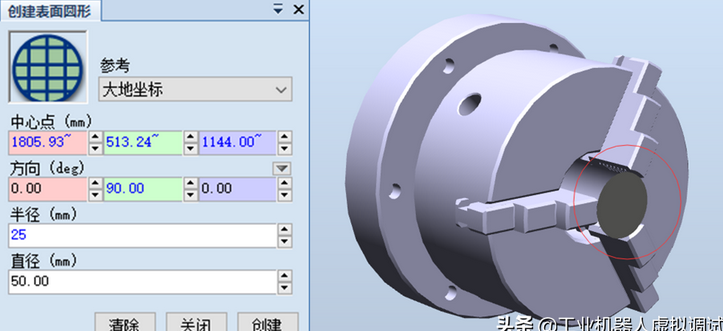
This is just a common equipment list, and specific equipment requirements may vary depending on the type, size, and purpose of the flange. In actual production, it is usually necessary to choose appropriate equipment based on specific production processes and product requirements.


 Spanish
Spanish Arabic
Arabic French
French Portuguese
Portuguese Belarusian
Belarusian Japanese
Japanese Russian
Russian Malay
Malay Icelandic
Icelandic Bulgarian
Bulgarian Azerbaijani
Azerbaijani Estonian
Estonian Irish
Irish Polish
Polish Persian
Persian Boolean
Boolean Danish
Danish German
German Filipino
Filipino Finnish
Finnish Korean
Korean Dutch
Dutch Galician
Galician Catalan
Catalan Czech
Czech Croatian
Croatian Latin
Latin Latvian
Latvian Romanian
Romanian Maltese
Maltese Macedonian
Macedonian Norwegian
Norwegian Swedish
Swedish Serbian
Serbian Slovak
Slovak Slovenian
Slovenian Swahili
Swahili Thai
Thai Turkish
Turkish Welsh
Welsh Urdu
Urdu Ukrainian
Ukrainian Greek
Greek Hungarian
Hungarian Italian
Italian Yiddish
Yiddish Indonesian
Indonesian Vietnamese
Vietnamese Haitian Creole
Haitian Creole Spanish Basque
Spanish Basque

